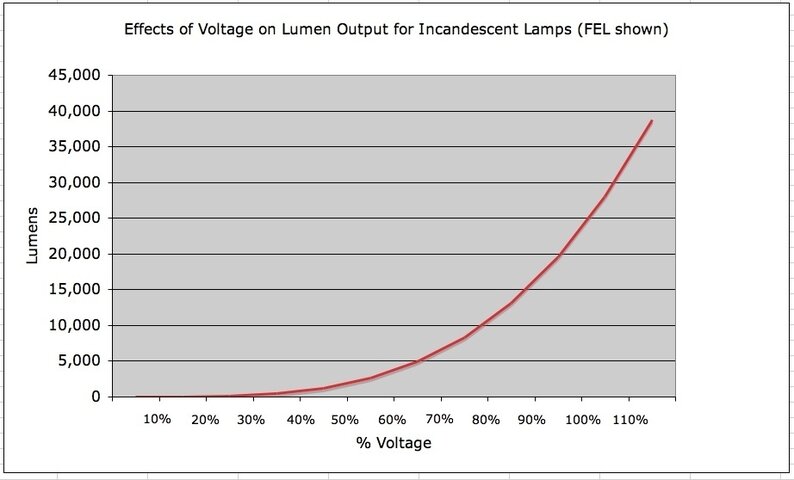Color Kinetics ColorBlast 12’s max out at 50watt and a power supply (PDS150e) obviously being 150 watts total.
In theory, I could probably do the following then. If I wanted to run 6 ColorBlast 12 fixtures off a single PDS150 and maxing the fixtures at 25 watts (somehow) I should be able to run 6 CB 12’s without any problem. I know and understand CK won’t recommend nor support such a configuration but technically should work. Here’s the situation, I’d like to use the CB12’s in uplighting for weddings however, I don’t need to run beyond the 25 watt for the halls I’d be using them for anyway, so, if I could restrict the power source to each fixture to only 25 watts I could then power 6 CB12’s with a single PDS150 technically speaking. Perhaps, just using a 25 watt resistor on each connector...
any thoughts or any concerns here ?
In theory, I could probably do the following then. If I wanted to run 6 ColorBlast 12 fixtures off a single PDS150 and maxing the fixtures at 25 watts (somehow) I should be able to run 6 CB 12’s without any problem. I know and understand CK won’t recommend nor support such a configuration but technically should work. Here’s the situation, I’d like to use the CB12’s in uplighting for weddings however, I don’t need to run beyond the 25 watt for the halls I’d be using them for anyway, so, if I could restrict the power source to each fixture to only 25 watts I could then power 6 CB12’s with a single PDS150 technically speaking. Perhaps, just using a 25 watt resistor on each connector...
any thoughts or any concerns here ?



